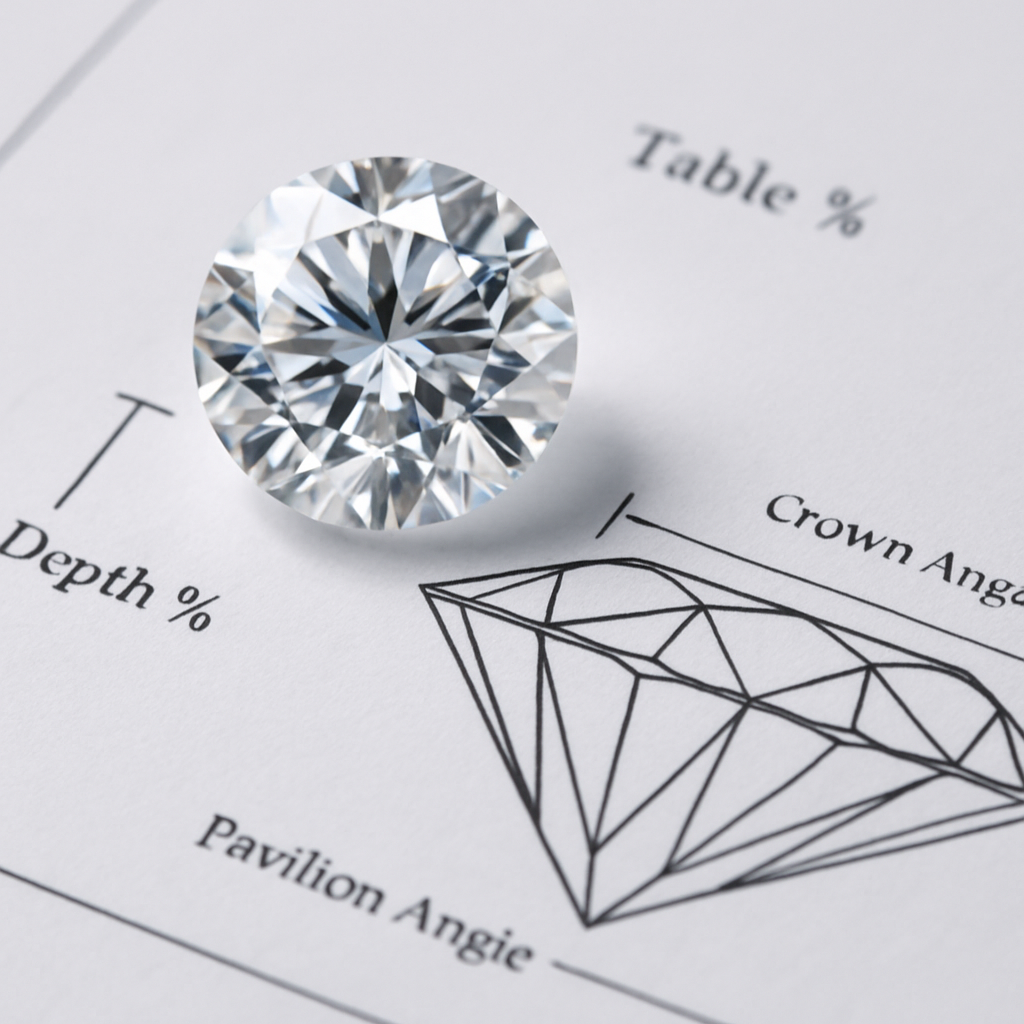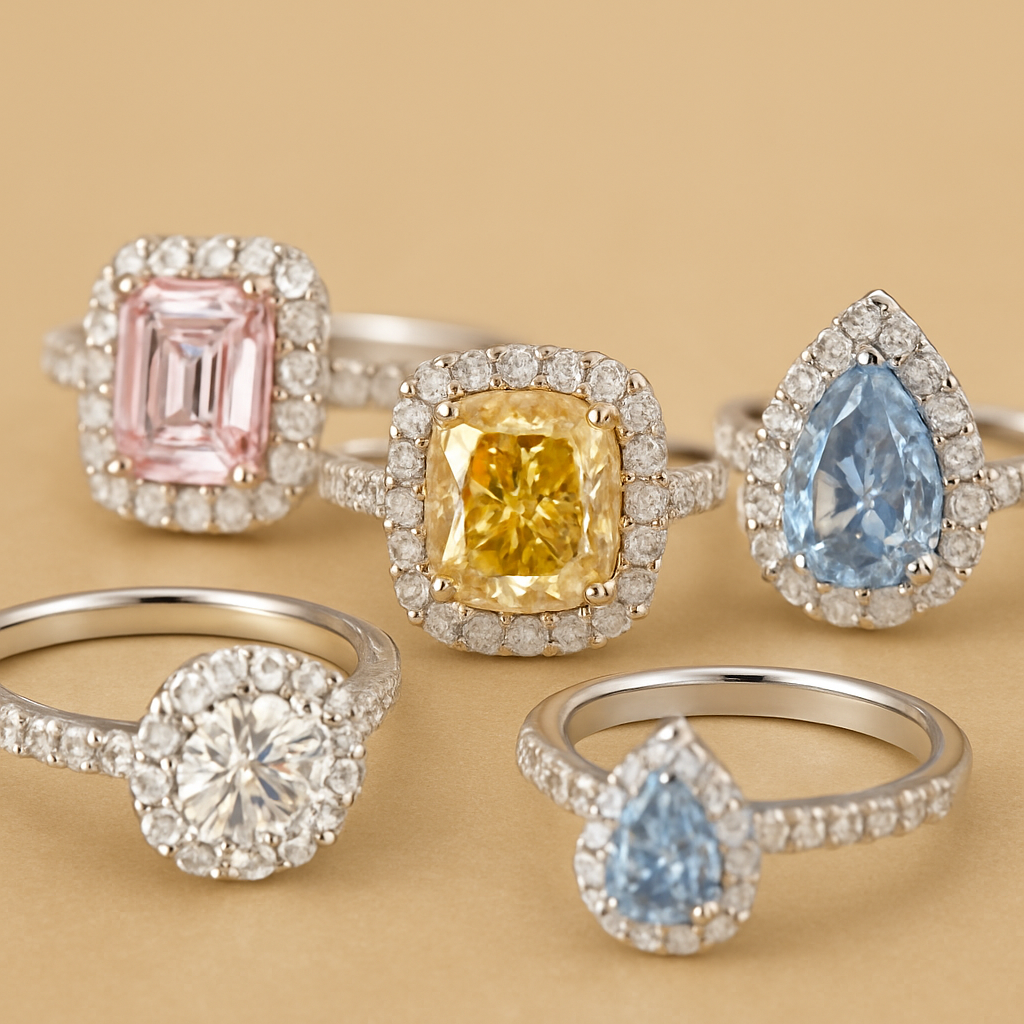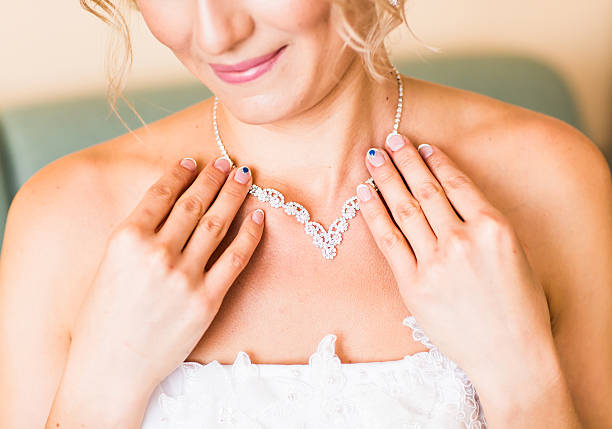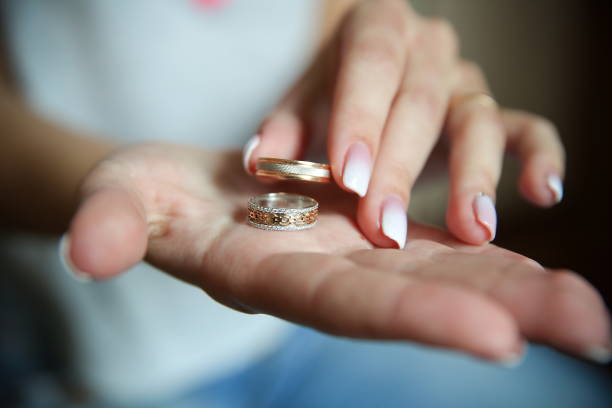Introduction: More Than Just the 4Cs
When most consumers buy a diamond — natural or lab-created — they are usually concentrating on the 4Cs: Carat, Cut, Clarity, and Color. And those are significant, naturally, but there's one other factor quietly at work behind the scenes to decide just how brilliant your diamond actually appears: its proportions.
Here at San Liora, we feel that a diamond's beauty lies in the way it responds to light — and that magic lies in the manner in which it is cut and proportioned. A diamond cut to perfect symmetry and ideal proportions will twirl with brilliance, fire, and life. Without that? Even a perfect diamond can be uninteresting.
What Do We Mean by 'Diamond Proportions'?

Diamond proportions are the particular measurements and angles that comprise a diamond's total shape — the size of its table (top flat facet), the depth from table to culet (bottom point), and the crown and pavilion angles.
A few key terms you'll want to know:
- Table %: The top flat facet's width compared to the entire width of the diamond.
- Depth %: Top-to-bottom height of the diamond, measured relative to the width.
- Crown Angle: Angle at which the upper section (above girdle) comes up.
- Pavilion Angle: Angle at which the lower section (below girdle) sloping.
- Girdle: The thin middle section dividing crown and pavilion.
- Culet: The small bottom tip facet (occasionally pointed, occasionally flat).
These factors support one another like machinery gears — if only one is out of phase, the entire diamond's light performance can be affected.
Why Proportions Control Sparkle and Fire
The beauty of a diamond results from the way it reflects and refracts light. When a diamond is cut to have perfect proportions:
- Light enters the diamond, bounces back and forth internally from facet to facet, and escapes back out through the top.
- This produces brilliance (white sparkle), fire (flashes of rainbow color), and scintillation (sparkle when the diamond is moved).
If the angles are too deep or too shallow, light escapes from the sides or bottom of the diamond — causing:
- A flat, dull look
- Dark spots or "windows" (see-through sections)
- A diamond that appears smaller than its carat weight
💡 Tip: Imagine a diamond as a mirror maze for light. If the mirrors are in perfect alignment, the reflections sparkle. If they're not aligned, the magic is gone.
Ideal Proportions for Round Lab-Grown Diamonds
While all shapes have their own ideal measurements, round brilliant diamonds have the most studied and optimized proportions. Here are the recommended ranges:
| Parameter | Ideal Range |
|---|---|
| Table % | 54% – 57% |
| Depth % | 59% – 62.5% |
| Crown Angle | 34° – 35° |
| Pavilion Angle | 40.6° – 41° |
| Girdle Thickness | Thin to Medium |
| Culet | None to Small |
These proportions are not random — they are calculated to maximize light return. Diamonds that meet these standards often receive an Excellent or Ideal Cut grade.
Are Lab-Grown Diamonds Cut Better?
Yes, in a lot of scenarios.
Advanced techniques like chemical vapor deposition (CVD) and high pressure high temperature (HPHT) are used to create lab-grown diamonds under carefully monitored laboratory conditions. Cutters can be more strategic and accurate because they lack the natural imperfections present in diamonds that are mined.
Our jewelers and partners at San Liora make sure that every diamond is evaluated for flawless proportions in addition to clarity and color. We give preference to diamonds with outstanding symmetry, ideal crown and pavilion angles, and ideal depth and table ratios.
Due to this, lab-grown diamonds from San Liora sparkle just as beautifully as many natural diamonds, and frequently more consistently.
How to Check Proportions When Buying a Diamond
You don't have to be a gemologist to evaluate diamond proportions. Just use these tips:
- Check the certificate: Look for proportions on IGI or GIA reports.
- Look beyond carat: A 1.00ct diamond with bad proportions may appear less attractive than a 0.90ct ideal cut.
- Ask for Ideal or Excellent Cut: This guarantees the best proportion ranges.
- Ask for light performance images: At San Liora, we provide images and assistance to assist you in assessing your diamond prior to purchase.
And don't forget — our staff is always delighted to walk you through a diamond's certificate if you find the figures confusing.
San Liora’s Promise: Beauty Rooted in Precision
At San Liora, we don't sell diamonds. We sell precision, artistry, and beauty through sustainability. Every lab-created diamond we have for sale is:
- Cut to optimum proportions
- Sustainably manufactured and ethically sourced
- Approved with an IGI appraisal
- Supported by a 12-month warranty
We understand the distinction that proportion brings — and settle for nothing but brilliance.
Difference Between Proportions and Cut Grade
Most individuals think "cut grade" is synonymous with proportions — but there's more to it.
Cut Grade (found on GIA/IGI reports) is an overview evaluation based on:
- Proportions
- Polish
- Symmetry
- Light return performance
Proportions are the actual measurements (depth %, table %, angles, etc.) that contribute to that grade.
👉 Even if a diamond is graded "Very Good" in cut, minor proportion variations may still influence its light behavior. That's why at San Liora, we look beyond cut grade — we personally inspect the actual proportion values to guarantee exceptional beauty.
How Proportions Influence Diamond Shape Appearance
In addition to regulating brilliance, proportions also impact the diamond's appearance from above.
Here's how:
- Too deep: The diamond doesn't seem as big as its carat weight. appears dark or narrow in the middle.
- Too shallow: Diamond seems flat. lacks glimmer and could appear glassy.
- Poor symmetry: Diamond appears crooked or "off-center," particularly when it's shaped like an oval, pear, or cushion.
💡 Real Talk: A 1.2ct diamond that is not properly proportioned may appear to be a 1.0ct. That's lost value and beauty.
Proportions in Fancy Shapes vs. Round Diamonds
Whereas round diamonds have universal ideal ratios, fancy shapes (cushion, emerald, oval, pear) don't have ideals that fit all — but they do have guidelines of proportion.
For instance:
- Oval: Must have balance between length-to-width ratio (~1.3–1.5), depth (61–66%), and table (53–63%) to prevent a "bowtie effect."
- Emerald: Proportions determine the clean step-cut glimmer and face-up dimensions.
- Cushion: Square versus elongated cushions differ; proportions determine how "pillowy" or pointed it looks.
At San Liora, we have strict proportion rules even for fancy shapes in order to prevent bowties, optimize sparkle, and have visual equilibrium.
Table vs. Depth: Which Is More Important?

Both matter — but in different ways.
-
Table determines how much light enters the diamond. A too-large table reduces fire and can create a watery appearance.
-
Depth impacts how light is reflected back to the viewer. Too shallow = light leaks out. Too deep = diamond looks darker and smaller.
💎 Ideal range balance is everything — which is why at San Liora, we aim for the “sweet spot” of table and depth alignment in every lab-grown diamond we offer.
How San Liora Evaluates Diamond Proportions (Our In-House Process)
At San Liora, our team doesn’t just rely on cut grades alone. Every diamond goes through a 3-step verification process:
-
Technical Analysis: Reviewing the IGI or GIA report for table %, depth %, and angles.
-
Light Performance Check: Using magnification and light tools to evaluate brilliance and fire.
-
Face-Up Visual Evaluation: Does it look lively? Does it sparkle from every angle?
Only diamonds that pass all three tests earn the San Liora seal.
Tools You Can Use to Evaluate Proportions Yourself
Even if you're not a gemologist, you can still analyze diamond proportions with:
-
IGI/GIA certificate proportions chart
-
Online diamond calculators (like diamondproportions.com or rarecarat.com tools)
-
Requesting ASET or IdealScope images for light return visuals
Or just ask San Liora — we’ll walk you through it personally.
🔚 Conclusion
In short — a diamond's proportions are the formula of its brilliance. They dictate the way light works within the stone, how large it appears, and how captivating it is.
At San Liora, we believe that accuracy is strength. That's why each of the lab-grown diamonds we supply is chosen not only for size or clarity, but for the very exact balance of its proportions. Because sparkle isn't only science — it's beauty, emotion, and sophistication.
✨ By choosing San Liora, you are choosing brilliance that is designed with purpose.







